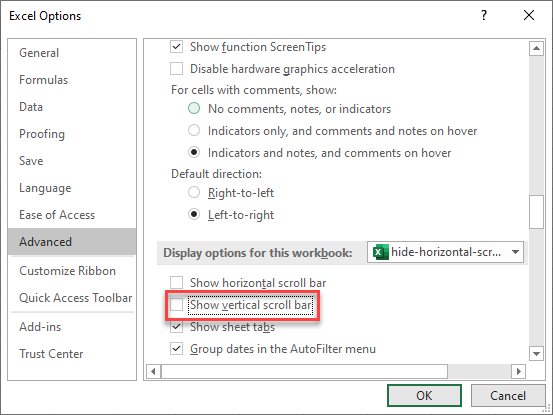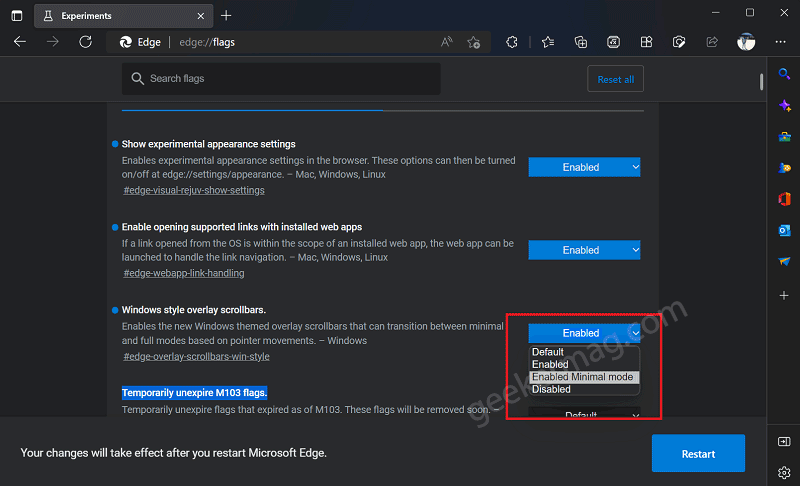

The overflow property in CSS makes it possible to deal with content when it overflows its container. With this property, you can clip, hide, or scroll the contents of an element if the content is larger than the available area.

This module in CSS contains features relating to scrollable overflow handling of visual media. Overflow in CSS happens once the contents of the container extend beyond one or more edges of the container. clip – The value also clips contents of an element to its box.hidden – This value clips visible content then hides the rest.scroll – It will clip the content but will add a scrollbar to see the rest of the content.visible – It is the default value that allows content to appear even when it overflows.Īuto – The value adds a scrollbar but it will only appear if the content overflows.To make invisible scrollbar CSS, the overflow property supports four values: Essentially, it defines what happens if the contents of an element are too large to fit inside its block context. overflow: is the shorthand that supports both.overflow-y: supports only vertical scrollbar.overflow-x: supports horizontal scrollbar.In addition, you can use this property to set scrollbar values for vertical, horizontal, or both. Select the radio button for Apply to This Page.Įnter overflow and visible in the Property and Value text fields respectively.Note: The overflow property only supports block-level elements with a set height. mstrDocViewer and select New Property.Įnter height and auto !important in the Property and Value text fields respectively. Select the radio button for Apply Selector to This Page. mstrDocViewer in the Selector text field. Right-click rwdPage.css and select New Selector.Įnter. The expanded list comprises the different settings that can be modified to perform customizations.Ĭlick on Pages to expand the list of pages used in MicroStrategy Web.Ĭlick on rwd (Report Writing Documents) to expand the child nodes under it.ĭouble-click on CSS to expand the child nodes under it.Ĭlick on Customizations to expand the child nodes under it. The following steps guide you in creating the plug-in and deploying it.Ĭlick on MicroStrategy Web Configuration inside the Application Settings view to expand the hierarchical tree. MicroStrategy SDK provides a Web Customization Editor that can be used to create a customization plug-in. Launch MicroStrategy Web to view the customization. NET version.Įxtract the plug-in to the plugins subfolder inside the MicroStrategy Web installation folder. The following steps guide you in locating the plug-in and deploying it.Īccess the plug-in: JSP version or ASP. MicroStrategy SDK provides a plug-in (ZIP file) that can simply be extracted to the plugins folder to view the customization in MicroStrategy Web. Using the Web Customization Editor to create a plug-in This customization can be accomplished using either of the following methods:ĭeploying the plug-in provided with MicroStrategy SDK Be aware that after you perform this customization, the document menus and toolbars do not remain visible as you scroll through the document. However, when you use Web browser scrollbars to scroll through a document, the document menus and toolbars are visible only when you view the top of the document. When you use document scrollbars to scroll through a document, the document menus and toolbars at the top of the screen remain visible.
#HIDE SCROLL BARS IN CITRIO PRESENTATION MODE HOW TO#
While this scenario illustrates how to remove scrollbars, the same steps can be used to change other settings provided by the CSS file, such as the height, width, or margins. You accomplish this by changing the overflow value on the cascading style sheet (CSS file) that is used to create the HTML output. In this scenario, you remove the document scrollbars so that only the Web browser scrollbars are visible. Because this can happen when a MicroStrategy document is displayed inside a portal, the customization performed in this scenario is particularly relevant for customers who use MicroStrategy in a portal environment. The same thing happens when the size of a document is larger than the size of the Web browser, but, in addition, the document itself adds scrollbars. Typically, when the size of a report is greater than the size of the Web browser, Web browser scrollbars appear. Removing Document Scrollbars when Two Sets of Scrollbars are Displayed


 0 kommentar(er)
0 kommentar(er)
